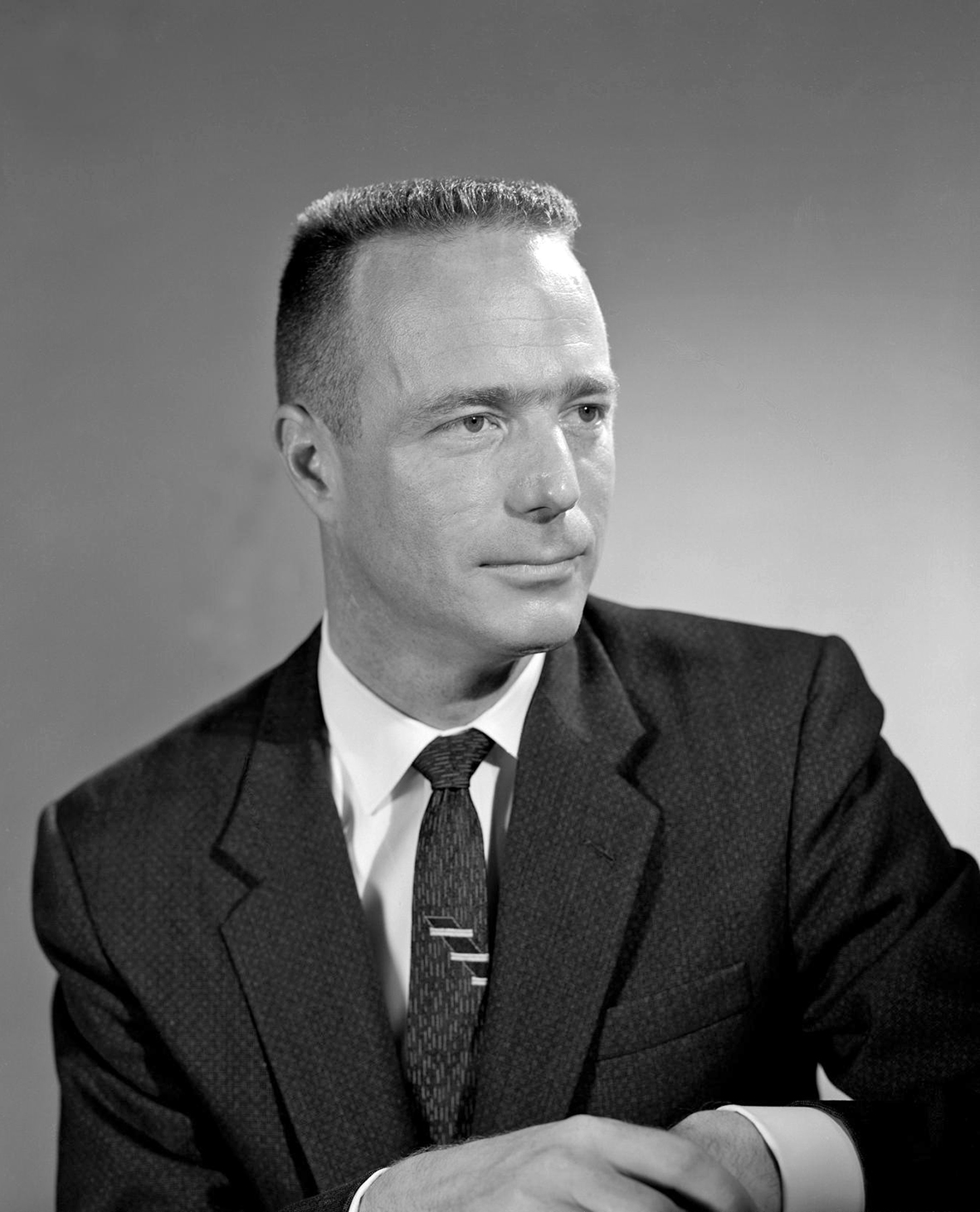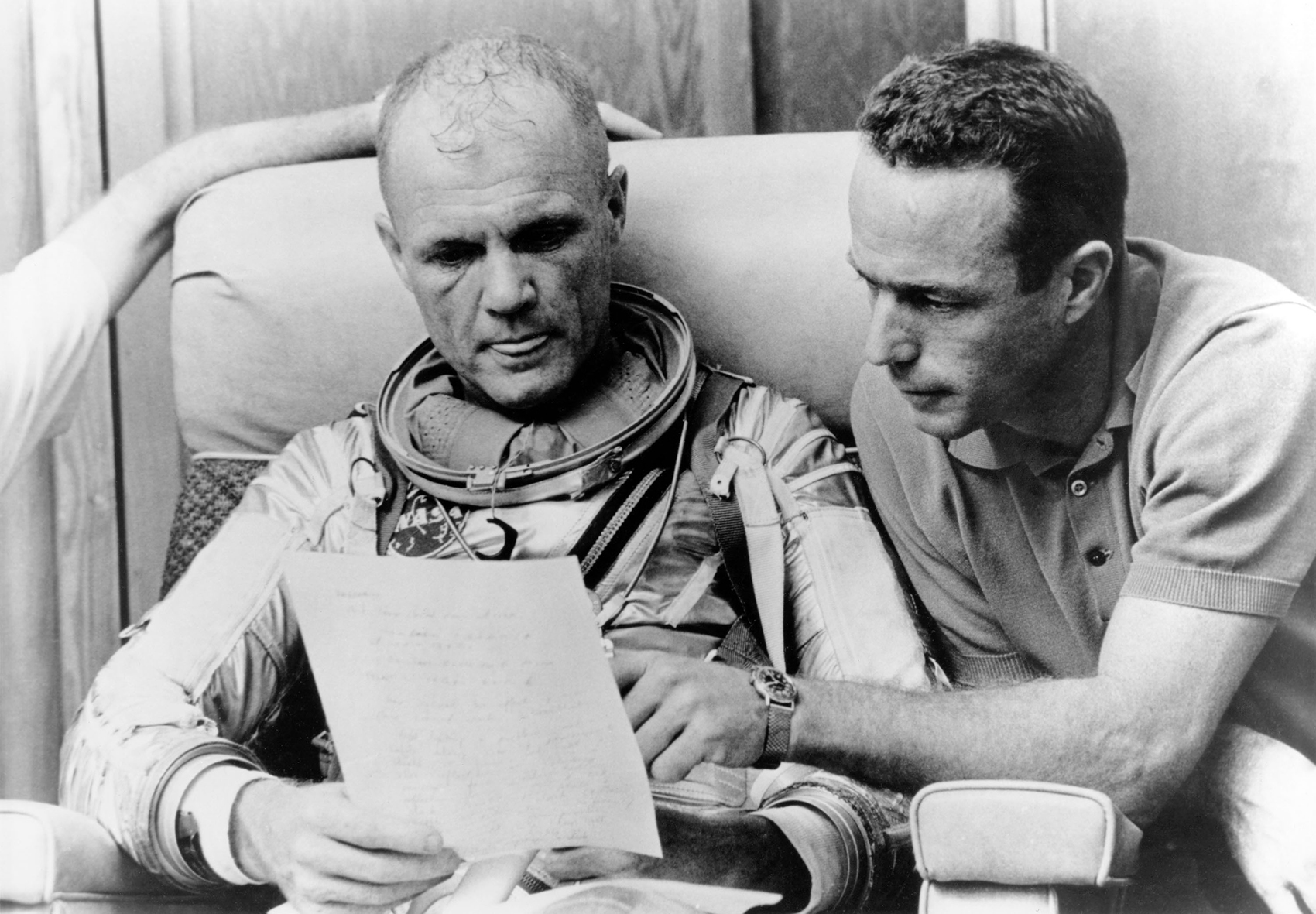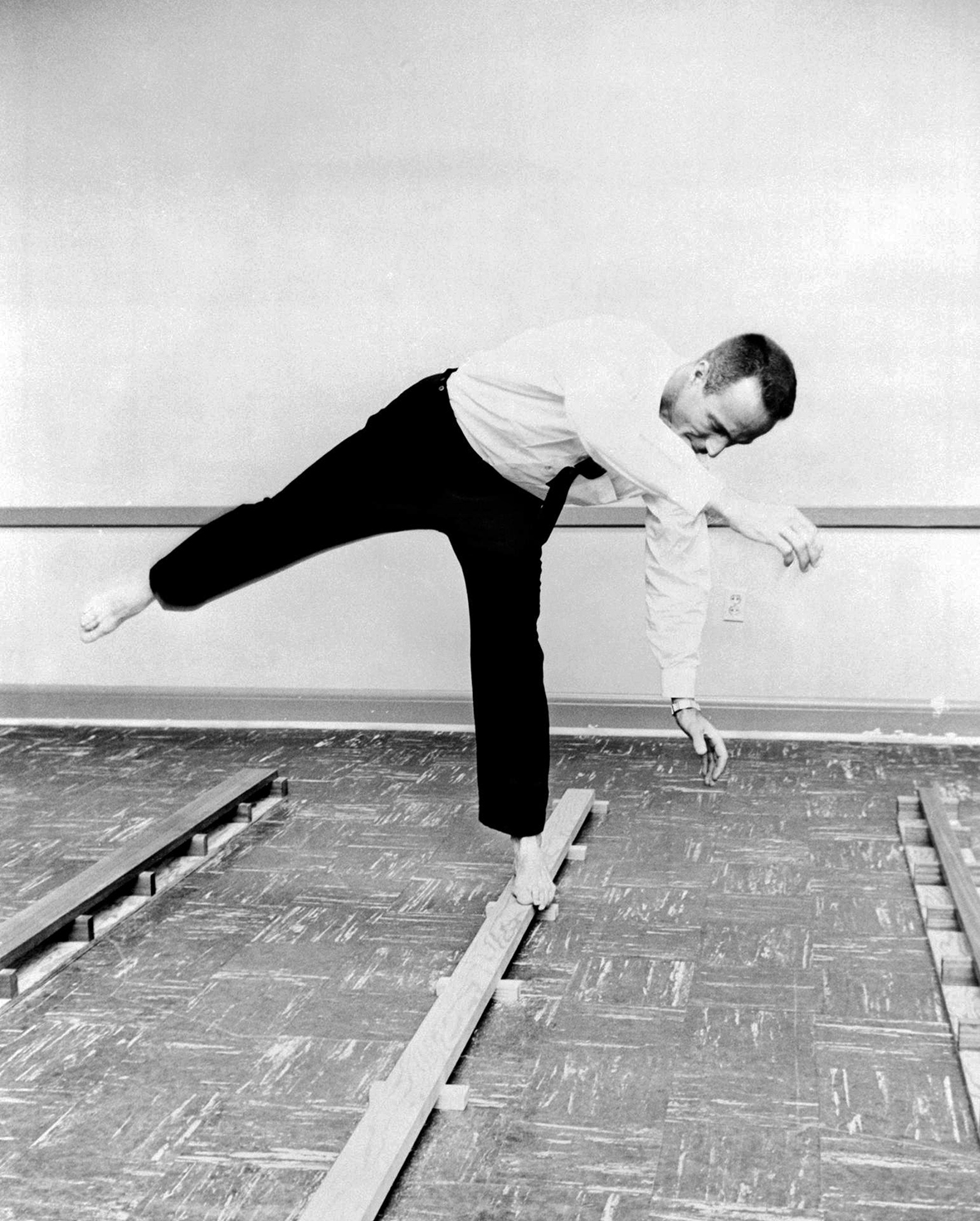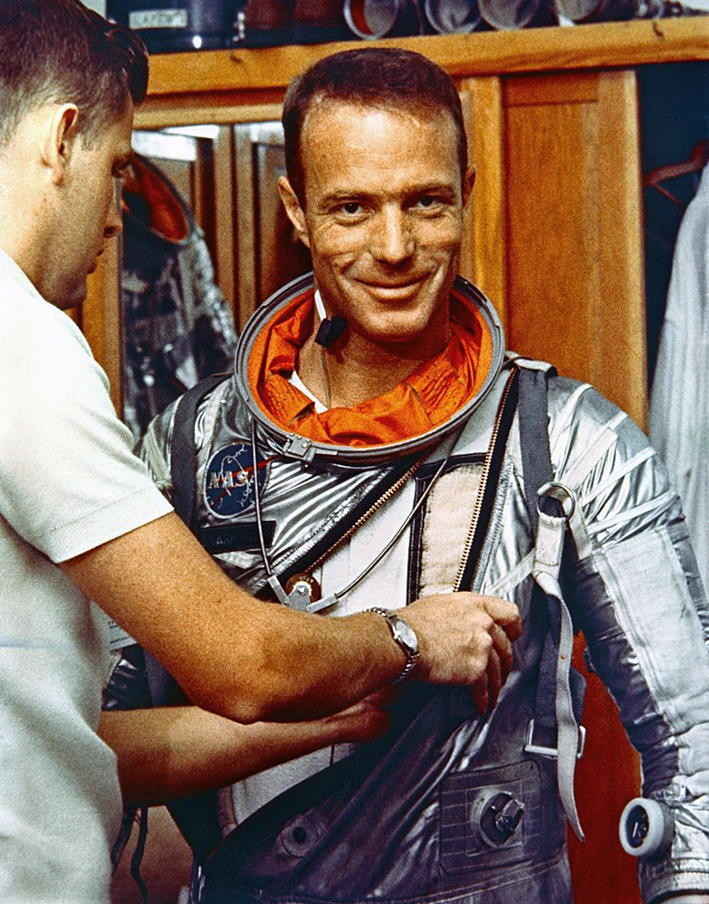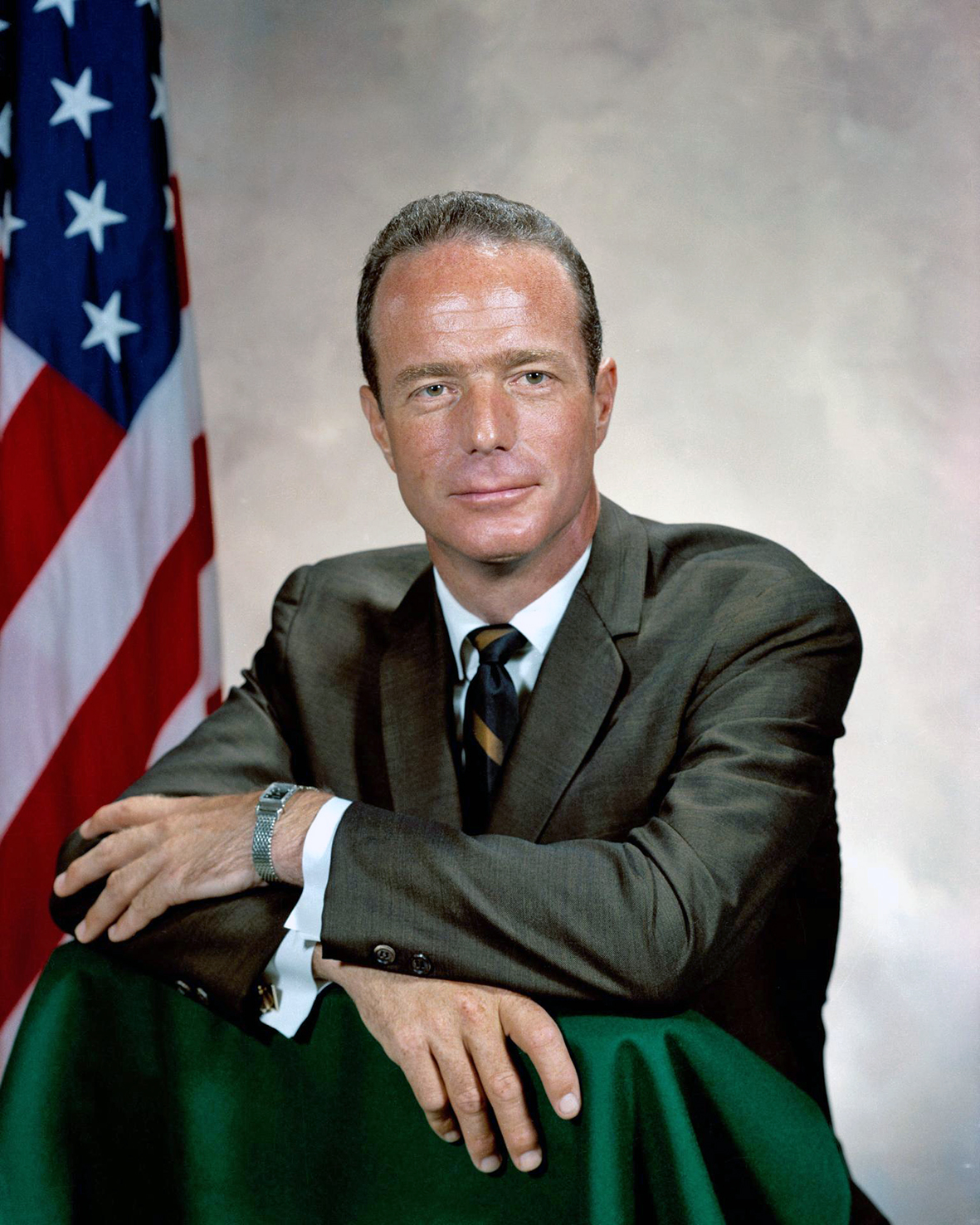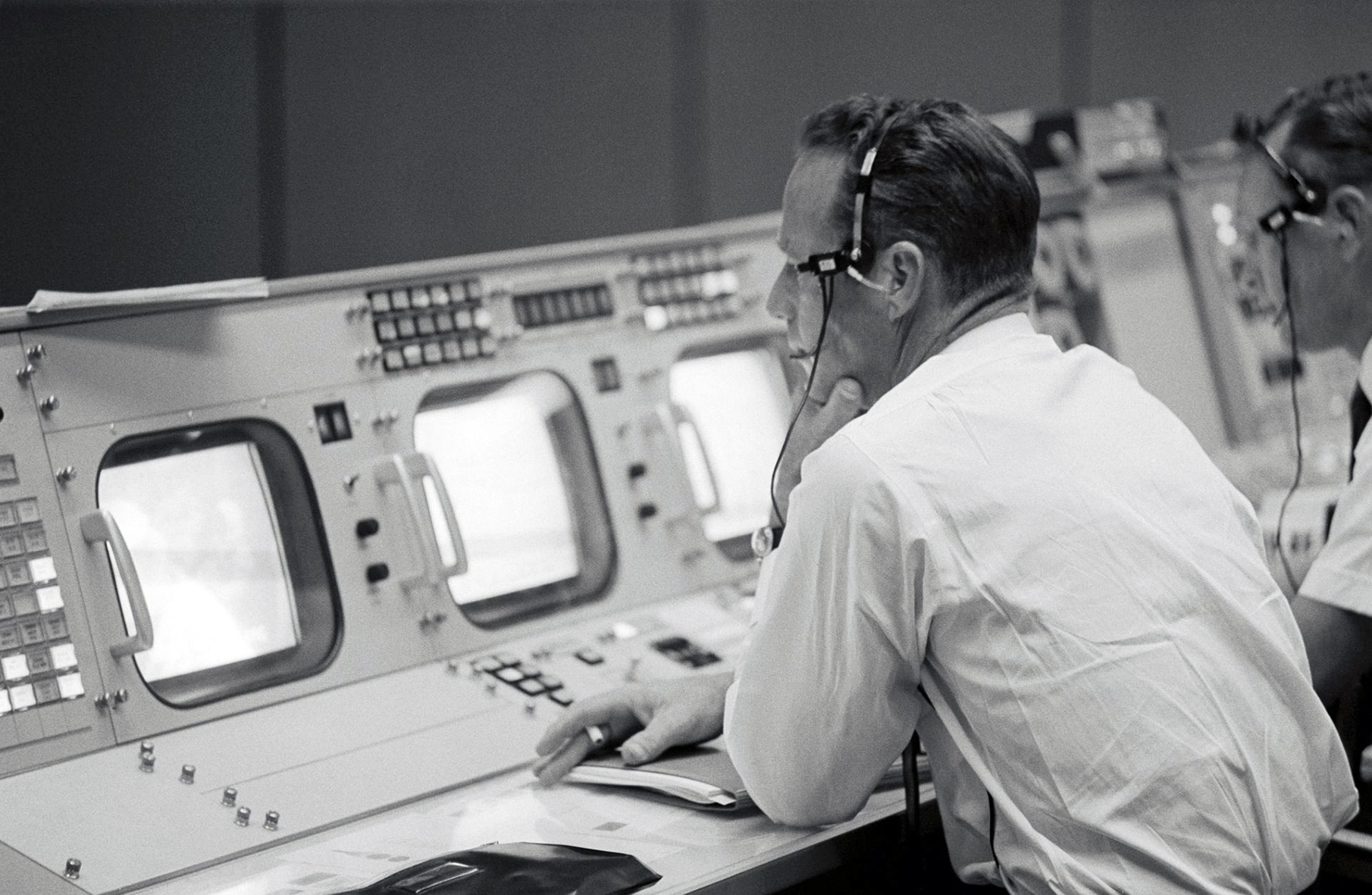

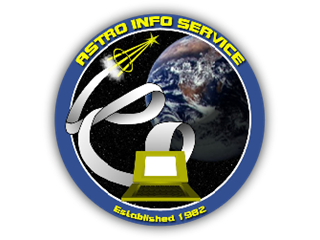
M. SCOTT CARPENTER |
|
PROFILE |
|
Full Name: |
Malcolm Scott CARPENTER |
Rank: |
Commander, US Navy (Deceased). |
Born: |
1 May 1925, in Boulder, Colorado, USA (American). |
Died: |
10 October 2013 in Denver, Colorado, USA, aged 88. |
Education: |
1943: Graduated high school, Boulder, Colorado.
1962: BSc degree in Aeronautical Engineering, University of Colorado. |
Career Highlights: |
1 Nov 1943: Began naval service.
Nov 1943-Nov 1944: Student, V-12 aviation programme, Colorado College, Colorado Springs.
Nov 1944-Jan 1945: VR2 (Tarmac).
Jan-Jul 1945: Naval Cadet, St. Mary's Pre-flight Navy V-5 Flight Training Program, Morage, California.
Jul-Sep 1945: Naval Cadet, NAS Ottumwa, Ohio, Navy V-5 (Aviation Cadets USNR) Flight Training Program; (Sep) V-5 programme ended at close of WWII; released to inactive duty and joined University of Colorado.
1945-49: Student, University of Colorado, majoring in Aeronautical Engineering.
6 Mar 1949: Commissioned as Ensign, USN.
Oct 1949-Mar 1950: US Naval Pre-flight Training.
Mar 1950-Apr 1951: Flight training at Pensacola and Corpus Christi; (6 Mar 1951) Lt, Junior Grade, USN; (Apr) designated naval aviator.
May-Jun 1951: Student (Fairbetupac), Fleet Airborne Electronics Training Unit, Pacific, San Diego, California.
Jun-Oct 1951: Student, Lockheed Transitional Training Unit (TTU), Whidbey Island, Washington State.
Oct 1951-Jul 1954: Patrol Squadron 6 (VP-6) Pacific, based at Barber's Point, Oahu Territory, Hawaii; schedules - ordnance, ground training, structures; this unit was deployed to the Korean area during hostilities there; (30 Jul 1951 - 16 Jan 1952) participated in anti-submarine patrols, shipping surveillance and aerial mining activities in the Yellow Sea, South China Sea and Formosa Strait.
2 Jul 1954: Lieutenant, USN.
Jul 1954-: Test pilot training, Naval Test Pilot School, Patuxent River, Maryland.
-Jan 1957: Remained at Patuxent River Air Test Center, serving in the Electronics Test Division where he conducted flight test projects with the A3D, F11F and F9F, as well as assisting on other flight test programmes.
Jan-Nov 1957: General Line (Postgraduate) School, Monterey, California.
Nov 1957-Aug 1958: Air Intelligence School, Washington, D.C.
Aug 1958-Apr 1959: Ordered to duty aboard USS Hornet (CVS-12) as Air Intelligence Officer; Photographic Officer.
May 1959-Oct 1967: Detailed to NASA (see below).
1 Sep 1959: Lt. Commander, USN. |
|
|
NASA ASTRONAUT ASSIGNMENTS |
|
1959: |
(9 Apr) Selected as one of seven original 'Mercury' NASA astronauts; Mercury training; (Jul) technical specialty area was in navigation and navigational aids; Mercury training. |
1960: |
Mercury training. |
1961: |
Mercury training; (29 Nov) named BUp Pilot MA-6 (Glenn); Mercury training. |
1962: |
Mercury training; (Feb) BUp Pilot MA-6 (Glenn); Mercury training; (Apr) named Pilot MA-7, replacing Deke Slayton who had been medically grounded; Mercury training; (24 May) Pilot Mercury-Atlas 7 'Aurora 7' (4 hrs 53 min); (Oct) Capcom MA-8 (Schirra). |
1963: |
(26 Jan) reassigned to speciality assignment - Apollo lunar excursion training; monitoring the design and development of the Apollo Lunar Module; (May) Capcom MA-9 (Cooper); Astronaut Office (CB) technical assignments; ( ) Executive Assistant to the Director of MSC, Houston. |
1964: |
CB technical assignments; took leave of absence to participate in the USN Sealab programme; (16 Jul) broke his lower left arm in a motorcycle accident in Bermuda. The compound fracture disqualified him from Sealab I dives and saw him removed from NASA flight status; (1 Aug) promoted to Commander, USN. |
1965: |
( ) Chief, Advanced Programs Branch, CB (through 1967); Training Officer, Officer-in-Charge of diving teams, USN Deep Sea Submergence Systems Project (DSSP) (Sealab II); Sealab training; (23 Aug - 13 Oct) Senior Team Leader, Sealab II aquanauts. During this 45-day experiment he spent 30 days in the Sealab habitat; (29 Aug) spoke to the Gemini 5 astronauts on orbit, from inside Sealab. |
1966: |
(3 Feb) Branch Chief, Advanced Programs Branch (associated with CB Apollo Program Office); continued as liaison with USN and point-of-contact for underwater EVA training. |
1967: |
Chief, Advanced Programs Branch, CB; liaison with USN and point-of-contact for underwater EVA training; (10 Aug) resigned from NASA and returned to USN. |
|
|
POST-ASTRONAUT EXPERIENCE |
|
10 Aug 1967 - 1 Jul 1969: |
Assigned to Navy Deep Submergence Systems Project (DSSP) as assistant for aquanaut operations during Sealab III; also directed USN Saturation Diving Program; (1 Jul 1969) retired from the USN with the rank of Commander. |
From 1969: |
Engineering, aeronautical and environmental consultant, wasp breeder and author. He founded Sear Science Inc., a venture capital corporation targeting better utilisation of ocean resources; owner, Scott Carpenter Man-in-the-Sea Program (diving school), Key Largo, Florida; (1983) underwater consultant for the 'other' James Bond film, Never Say Never Again starring Sean Connery; Carpenter's autobiography 'For Spacious Skies' co-written with his daughter, was published in January 2003. |
|
|
Scott CARPENTER Space Flight Missions |
||||||
Mission |
Vehicle |
Crew Position |
Dates DD/MM/YY |
Duration DD:HH:MM:SS |
Orbits |
EVAs |
MA-7 |
Aurora-7 |
Pilot |
24/05/1962 |
00:04:53:00 |
3 |
0 |
|
||||||
Missions Flown: |
1 |
Total Flight Time: |
00:04:53:00 |
3 |
0 |
|
|
|
|
|
|
|
|
Space Explorer Achievements |
||||||
First person to live in both outer (orbital) and inner (underwater) space |
||||||
